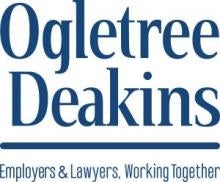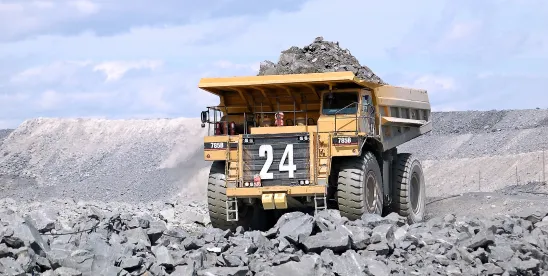As everyone in the country watches the Trump administration’s dramatic downsizing of the federal government, there have been many comments and opinions about how this process will impact Mine Safety and Health Administration (MSHA) enforcement.
Quick Hits
- Despite the Trump administration’s downsizing of the federal government, mine operators may want to continue their efforts to maintain safe workplaces due to the Mine Act’s inspection requirements and political support for MSHA’s mission.
- The possibility of reduced MSHA inspections is tempered by legal requirements and political considerations, though manpower restrictions and hiring freezes may complicate the agency’s ability to meet its obligations.
- While the new administration’s deregulation efforts may halt the introduction of new MSHA regulations, existing regulations like the silica rule are unlikely to be eliminated due to procedural and legal constraints.
Specifically, some have opined that this development will produce fewer inspections, eliminate unpopular regulations, and create a much more sympathetic enforcement environment for mine operators.
While we will clearly acknowledge that the current government dismantlement project is unprecedented, our past experience with other government overhauls, including the first Trump administration’s efforts, somewhat tamps down that enthusiasm. At a minimum, that experience tells us mine operators will want to continue their good-faith, effective efforts to maintain safe workplaces for their personnel.
The idea that inspections might slow down during the new administration is tempered by two important points. First, the Mine Act, passed by the U.S. Congress in 1977, requires that all surface mines receive at least two annual inspections and that underground mines receive at least four annual inspections. That’s the law, and it is theoretically very tough to get around that.
Second, the Trump campaign heavily courted voters in the coalfield states, which contain a large mining community constituency that strongly supports MSHA’s mission. Undercutting that mission would be politically difficult.
Inspection Impacts
Still, the idea of reduced inspections is not complete fantasy.
It is no secret that MSHA was already—due to manpower restrictions—having a hard time completing its annual “twos” and “fours.” The deferred resignation program, sweeping layoffs, and hiring freezes affecting the entire government will certainly complicate the agency’s efforts to complete its inspection obligations.
As of this writing, there is no indication of whether the Department of Government Efficiency (DOGE) will allow the Office of Personnel Management to issue a hiring freeze waiver to MSHA. Without that waiver, MSHA can only add one employee for every four that leave the agency.
It is worth noting that, in the past, when MSHA has not met its “twos” and “fours” commitment, the U.S. Department of Labor’s Office of Inspector General (OIG) has stepped in to force increased efforts. The administration’s firing of this inspector general, among many others, and the reduction of the agency’s OIG watchdog department has made it unlikely there will be similar pressure on inspections in the near term.
To say the situation is fluid is an understatement. Nonetheless, inspector visits should still be anticipated.
Next for Rulemaking
We have also heard a good deal of speculation that the new administration’s deregulation bent could eliminate some of the more onerous regulations confronting mine operators.
On many people’s lists are the Biden administration’s silica rule and surface mobile equipment rule, and the Obama administration’s enhanced workplace examination rule. Again, a reality check is necessary.
While it is a virtual certainty that no new regulations will be promulgated at MSHA during the next four years following an executive order requiring ten regulations to be repealed for every regulation added, it is unlikely that any existing regulation—silica or otherwise—will be eliminated.
The reason for this is the procedure must be followed in order to repeal or amend a regulation. Essentially, it requires full notice and comment rulemaking with an opportunity for stakeholders to weigh in on proposed changes.
Anecdotally, the group within the agency that would conduct and manage such a rulemaking appeal or amendment process has been decimated by the current cuts. In effect, the resources necessary to carry such a process through may not be available.
Even more significantly, Section 101(a)(9) of the Mine Act states that “[n]o mandatory health or safety standard promulgated under this title shall reduce the protection afforded miners by an existing mandatory health or safety standard.” This is a difficult requirement to overcome. It is the provision that prevented the Trump administration from making any inroads with regard to existing MSHA standards in its first four years.
Most mine operators are simply ignoring “the noise” at this point and continuing to advance their safety performance. Their safety efforts have always been based on ensuring the welfare of their miners rather than on meeting government benchmarks.





 />i
/>i
